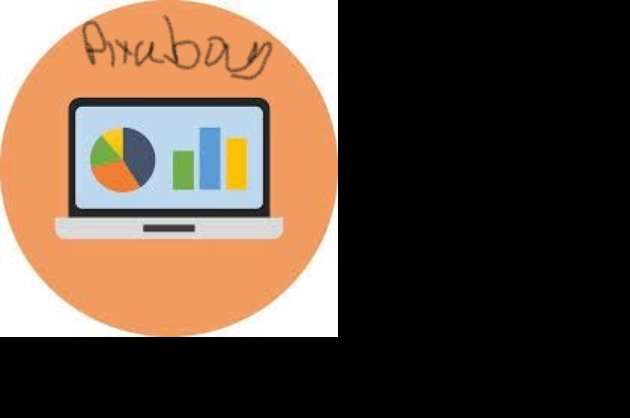Anupama Nair
Data analytics has been effective in solving many real-world problems and is being increasingly adopted across industries to power more intelligent and better-informed decision-making. With the increased use of computers for day-to-day business and personal operations, there is a huge demand for intelligent machines, that can learn human behavior and work patterns. So, data analytics becomes all the more important.
A study says that the global data science market is estimated to grow to USD 115 billion in 2023 with a CAGR of ~ 29%. A report by Deloitte Access Economics survey noted that a massive 76% percent of businesses have plans to increase their spend over the next two years on increasing their data analytic capabilities. Almost all industries can benefit from data science and analytics.
Retailers need to correctly forecast what their customers want and then provide the request. If it is not done, they will likely be left behind in the world of competition. Big data and analytics provide retailers the insights they need to keep their customers happy and be a return customer to their stores. A survey by IBM said that 62% of retail respondents claimed that insights provided by analytics and information provided them with competitive advantages.
There are many ways retailers can use big data and analytics to keep their shoppers coming back for more. For instance, retailers can use big data and analytics to create hyper-personal and relevant shopping experiences that make their customers highly satisfied and more prone to making purchase decisions.
The medical industry is using big data and analytics in a great way to improve health in a variety of ways. For instance, the use of wearable trackers to provide important information to physicians who can make use of the data to provide better care to their patients. Wearable trackers also provide information like whether the patient is taking his or her medication and following the right treatment plan.
The banking industry is generally not seen as one that uses technology a lot. However, this is slowly changing as bankers are beginning to increasingly use technology to drive their decision-making. The Bank of America in the US uses natural language processing and predictive analytics to create a virtual assistant called Erica to help customers view information on upcoming bills or view transaction histories. Erica, the virtual assistant, is also trained to get smarter with every transaction. India is not far behind. Today, most banks use chat bots, the most famous being EVA of HDFC Bank.
It is no surprise that construction companies are beginning to embrace data science and analytics in a big way. Construction companies track everything from the average time needed to complete tasks to materials-based expenses and everything in between. Big data is now being used in a big way in the construction industry to drive better decision-making.
Consumers now demand rich media in different formats as and when they want it on a variety of devices. ‘Collecting, analyzing, and utilizing’ these consumer insights is now a challenge that data science is stepping in to tackle. Data science is being used to leverage social media and mobile content and understand real-time, media content usage patterns. For example, Spotify, the on-demand music streaming service, in India uses Hadoop, which is a big data analytics to collect and analyze data from its millions of users to provide better music recommendations to individual users.
The increasing demand and supply of natural resources, such as oil, minerals, gas, metals, agricultural products, etc., has led to the generation of huge amounts of data that is complex, difficult to handle, and a prime candidate for big data analytics. The manufacturing industry also generates huge amounts of data that has so far gone unused.
Big data has many applications in the field of public services. Places where big data can be used include financial market analysis, health-related research, environmental protection, energy exploration, and fraud detection. One such specific example is the use of big data analytics by the Social Security Administration (SSA) to analyze large numbers of social disability claims that come in as unstructured data. Analytics is being used to rapidly process medical information and detect fraudulent or suspicious claims.
The term ‘Data Science’ was first coined in 2001 and it took less than two decades for it to become the phenomenon it is today. Finance was the first industry to understand the advantages of data science when no one could and used it to sift through and analyze large amounts of data and help companies reduce losses. Today, Data Science is a force to reckon with and almost all industries are trying to leverage it’s potential, and this number will only continue to increase as data science technology becomes more reliable and cost-effective. However, to capitalize on data science opportunities, you will need to understand industry-specific challenges, understand data characteristics of each industry, and match market needs with custom capabilities and solutions.




























